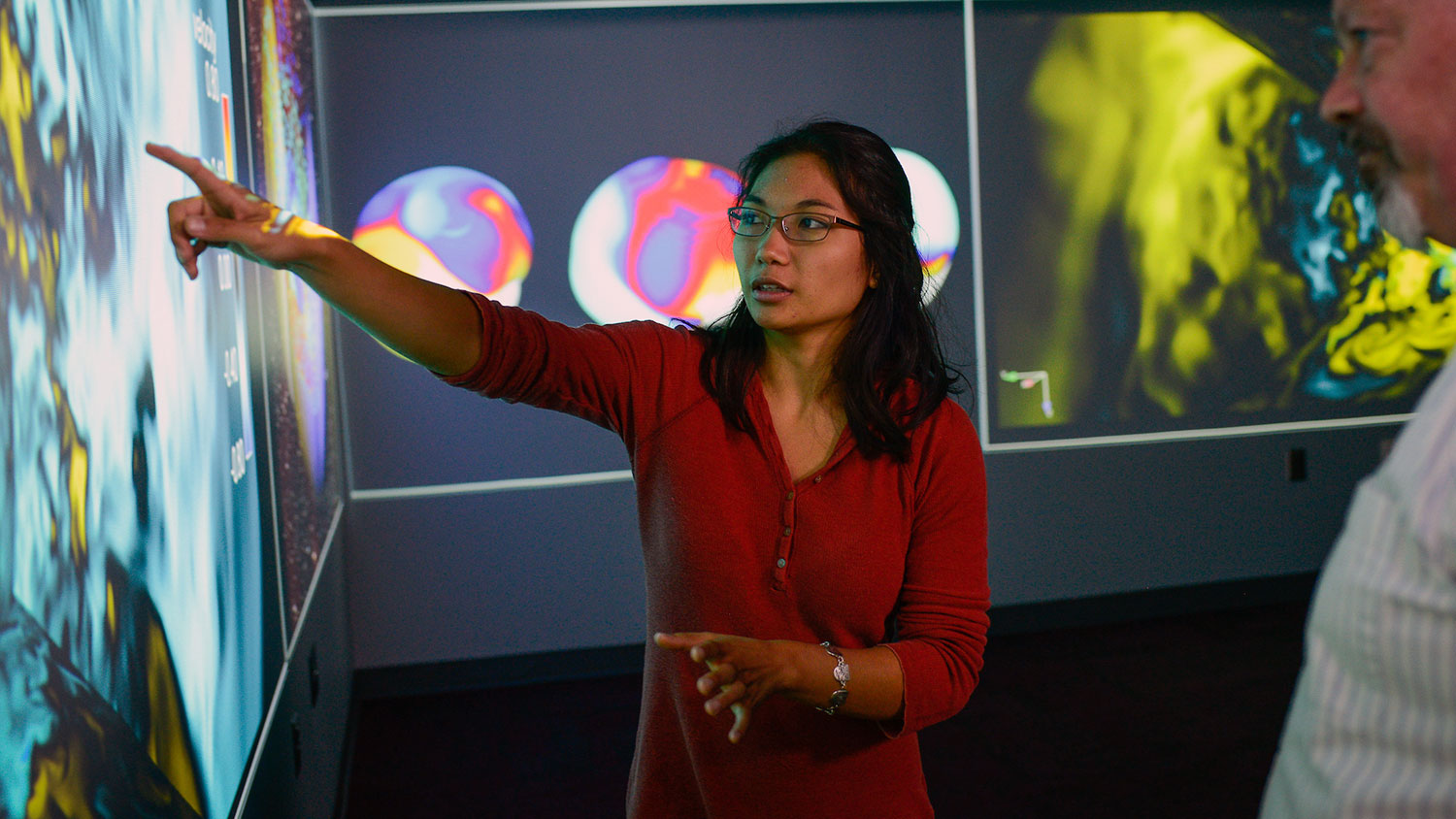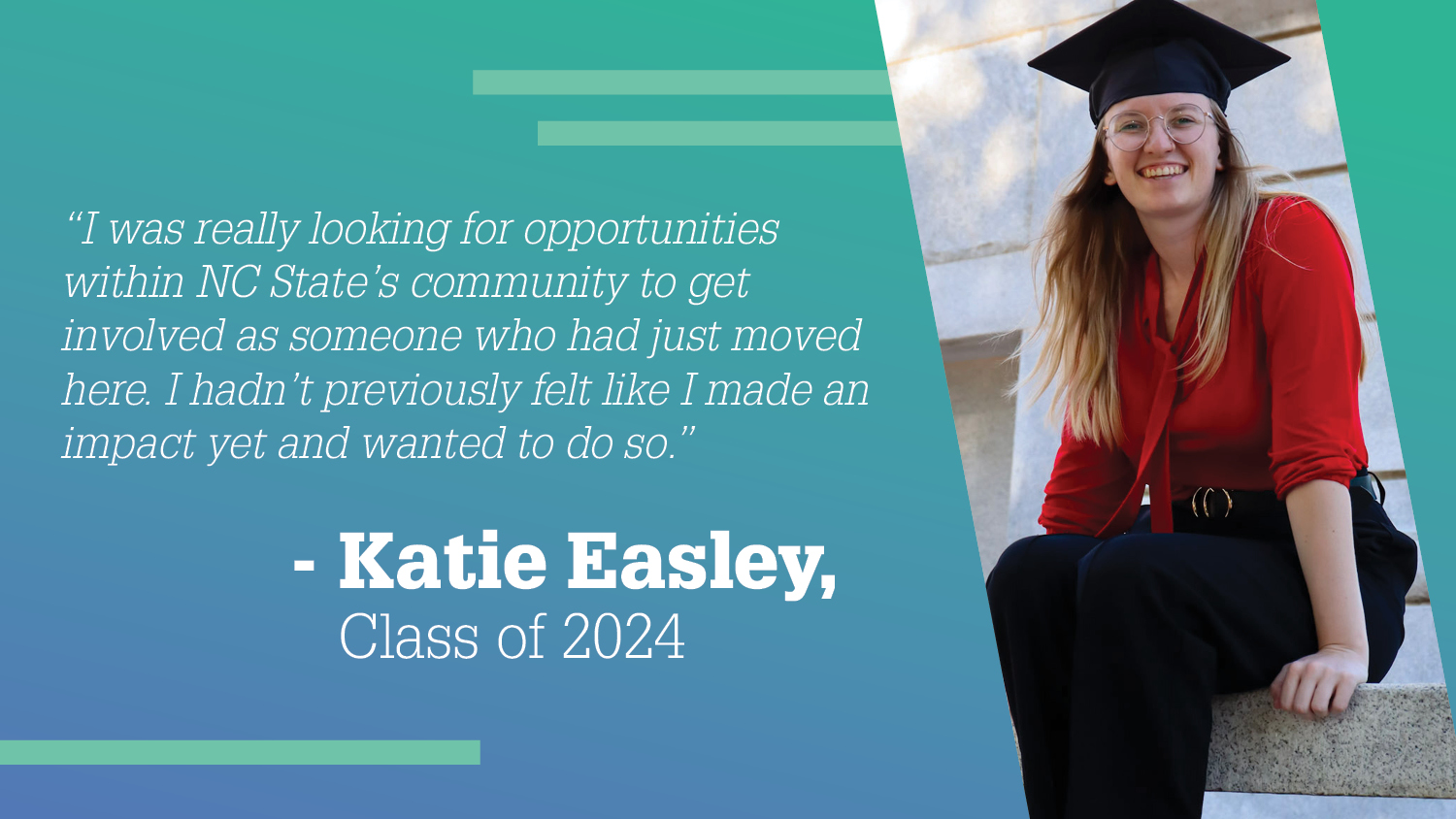Why Are There Fewer Women than Men in STEM?

Women have made great gains in overcoming historical inequities in medicine, law and business careers, according to the American Association of University Women (AAUW), but not as many gains in STEM. A 2010 study identified several reasons, all of which involved environmental factors in education, which current studies find are still present.
Let’s pause for a moment to think about that. Environmental factors. As a university, we provide a learning environment. Therefore, we, along with other institutions, provide a place where women can or cannot succeed in STEM through our climate, our culture and the access that we create.
In the study, the three areas identified were “social and environmental factors shaping girls’ achievements and interest in math and science,” the college environment, and the continuing effect of bias as an obstacle to women’s success in STEM. While we’ve made progress in the decade since the study, these factors still exist and we must continue to work to remove them.
At NC State, we made history this year by enrolling more women than men for the first time in the incoming fall class. Yet in some colleges, we still have a way to go to enroll an equal number of women, particularly in the College of Engineering (see Women at NC State: History and Status).
It’s Not Enough to Get Them Here
More women are enrolling, but that is not enough to keep them in the pipeline. As we bring in more women students with the promise of a great education, we must also create an environment in which they can succeed, and one in which they want to succeed because they know they are valued. Among the recommendations in the AAUW report, the following are especially relevant.
For students, the report recommends teaching about stereotype threat:
“Research shows that the very existence of a negative stereotype (e.g., ‘boys are better than girls at mathematics’) adversely affects the test performance of members of the negatively stereotyped group. This phenomenon is known as stereotype threat. However, research also shows that teaching students explicitly about stereotype threat can mitigate its effect. Teachers and college faculty are best suited to do this and, therefore, need to be educated about stereotype threat.”
A recent Stanford study quantified the effect of stereotype threat on math performance, and found a measurable effect of negative stereotyping.
We should not need to add that instructors who don’t actively work to overcome stereotype threat, and especially those who reinforce it through their words and actions, can cause a great deal more harm than they may realize.
For faculty, the AAUW report lists, along with several other recommendations:
- Send an inclusive message about who makes a good science or engineering student.
- Take proactive steps to support women in STEM majors.
- Teach professors about stereotype threat and the benefits of a growth mindset.
Even further, the report outlines how institutions can attract and retain female faculty, which not only helps diversify the faculty but also increases the retention and success of female students. Recommendations include departmental reviews and climate assessments, mentoring, supporting work-life balance and actively working to educate about, prevent and eliminate bias.
Another important consideration is the intersectional impact on women of color and LGBTQ+ women of color, who may encounter additional obstacles to success.
Removing Obstacles
Taken as a whole, the recommendations reinforce an institutional mindset that builds students’ skills as well as their confidence in their abilities and suggests that the two aspects are dependent on one another for academic success.
See also the related article Creating an Inclusive Learning Environment.
Elizabeth Snively writes for the Office for Institutional Equity and Diversity.
- Categories:


